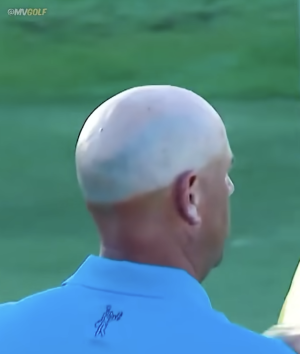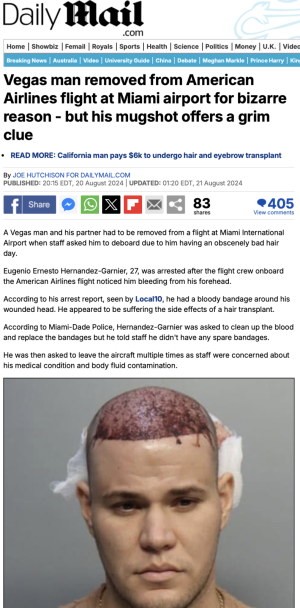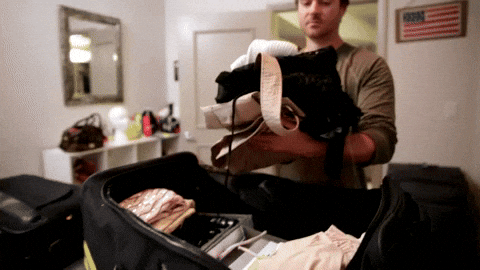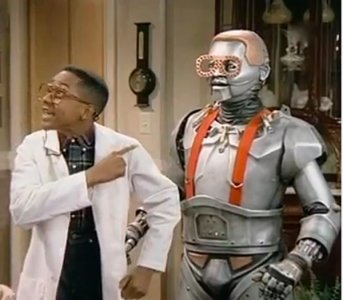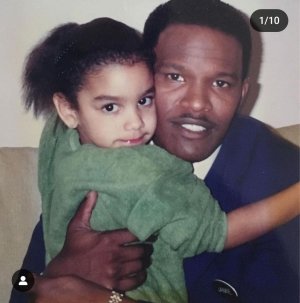http://www.webmd.com/skin-problems-and-treatments/hair-loss/procedures-avoid
Flap and Free-Form Flap
A flap of hair bearing skin is moved from the side of the scalp to the front hairline by cutting it on three sides, but not separating it from its blood supply or severing it completely from the scalp. The procedure is major surgery and is performed in a hospital.
A flap is one inch wide and approximately three to seven inches long. It has to be twisted for the hair-bearing side of the flap to end up facing outward from the head once it is shifted over and stitched into the surgically removed balding area. An unsightly "knot" will always form where the flap has to be twisted.
Another type of flap known as the free-form flap is created when all four sides are cut and the flap is completely removed from the donor area so that its new position in the balding area can be set in a direction of natural growth. This is not a procedure recommended for men or women with common androgenetic alopecia and should be reserved for severely disfigured patients such as burn or accident victims.
Other serious problems with these procedures can include:
Necrosis, the chance of a partial or complete death of the flap, leaving a bad scar.
Hair always grows in the opposite direction of a normal hairline. Normally, hair in the hairline grows forward. In this case the direction is completely reversed, which makes hair difficult to style naturally.
Infection
Permanent shock loss (loss of some or much of existing hair caused by the trauma of the procedure) and extreme scarring in the donor area
Loosened skin in the forehead develops and hangs over the brow, giving a Frankenstein-like or Neanderthal appearance.
Absence of hair behind the newly created frontal hairline.
Poor positioning of the flap (this is extremely common)
The front hairline scar has to be re-grafted to hide a scar.
Integrity of the scalp is compromised. The normal shape or position of the scalp on the scull is altered; in some cases so severely that the patient's ears move out of normal position or the nape of the neck is pulled onto the back of the scalp.
 That booming man-weave industry. I think I'd rather explain me shaving my head than explain how I regrew all my hair overnight, **** only fooling people you never met before.
That booming man-weave industry. I think I'd rather explain me shaving my head than explain how I regrew all my hair overnight, **** only fooling people you never met before.
 That booming man-weave industry. I think I'd rather explain me shaving my head than explain how I regrew all my hair overnight, **** only fooling people you never met before.
That booming man-weave industry. I think I'd rather explain me shaving my head than explain how I regrew all my hair overnight, **** only fooling people you never met before.













